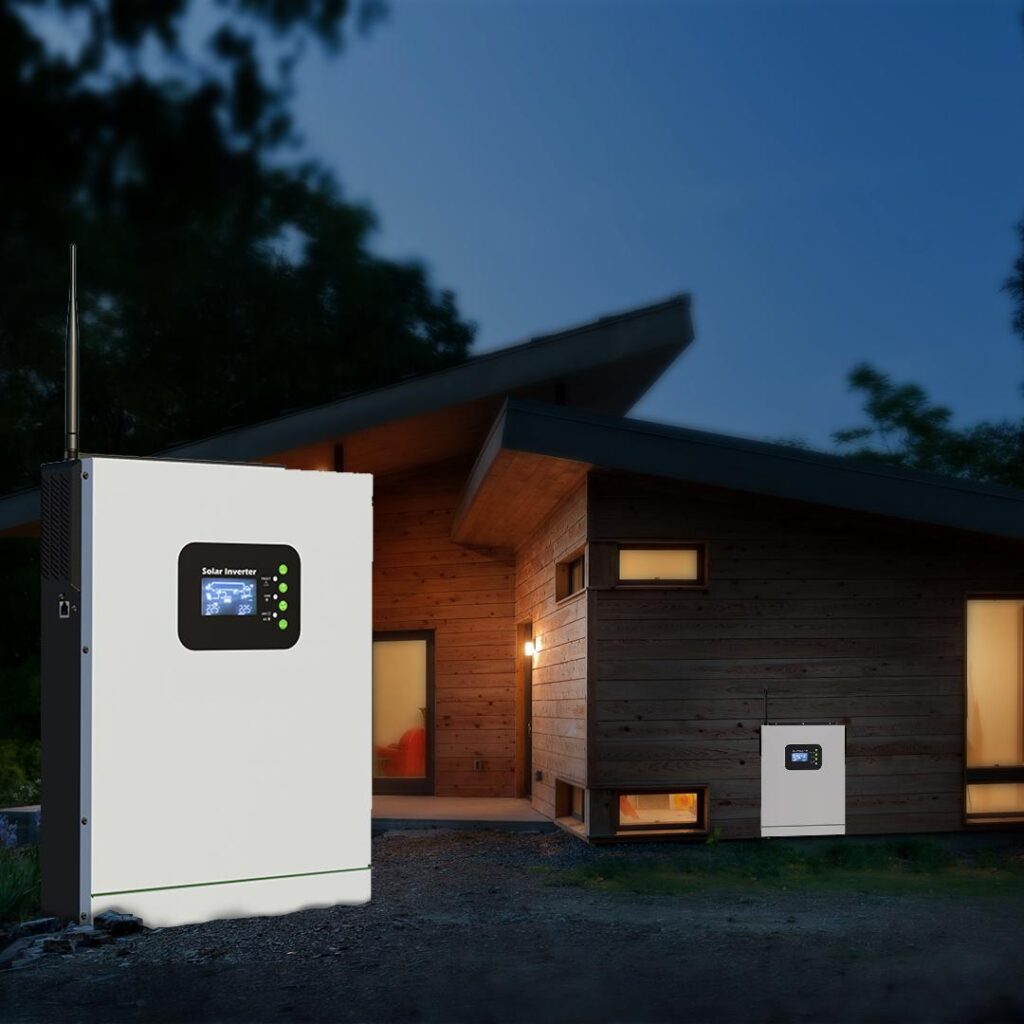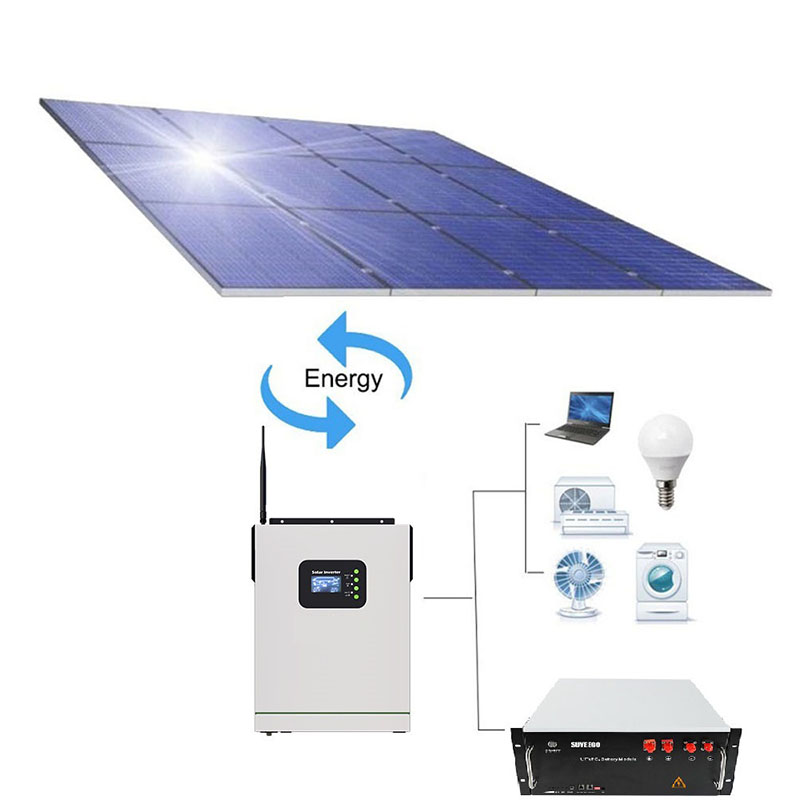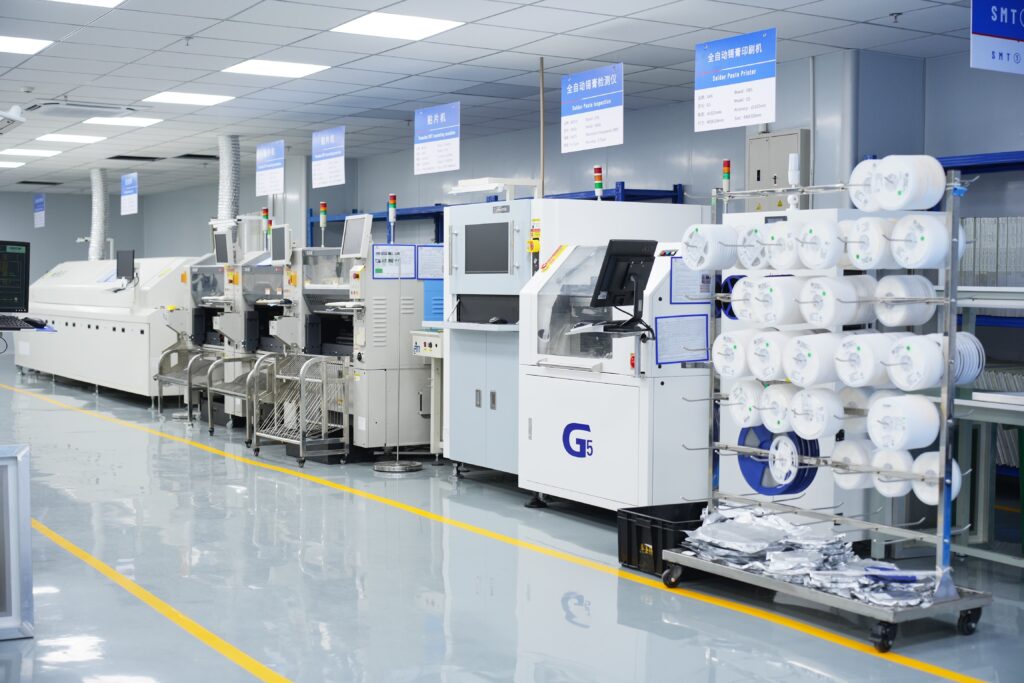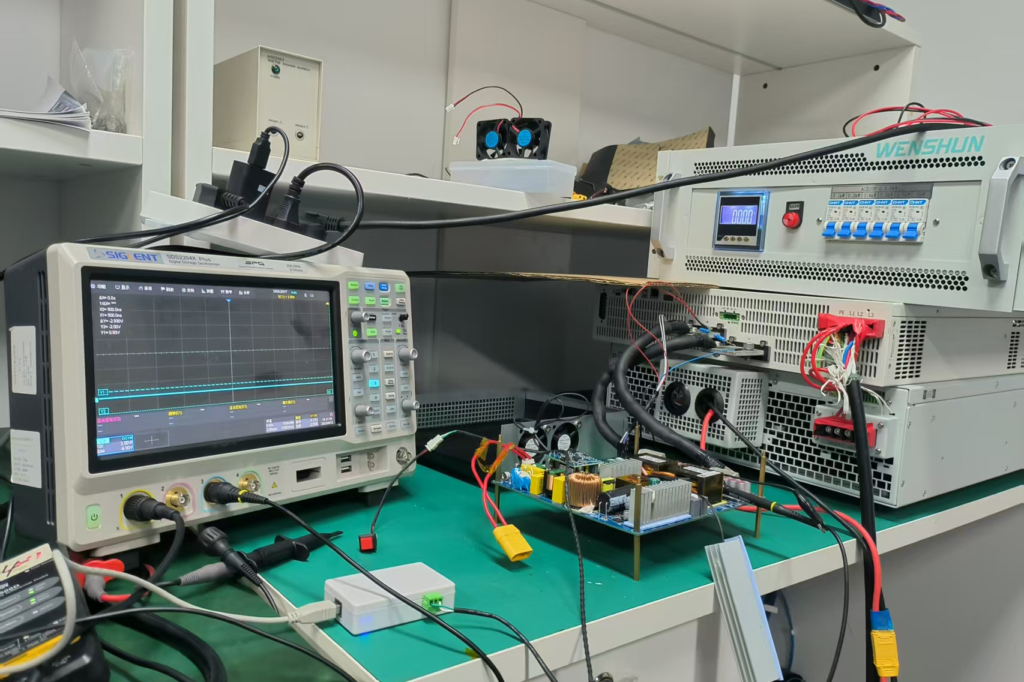Solar Energy
How to Choose a Portable Power Generator: Complete Guide for Outdoor, Home & Emergency Use
Whether you’re preparing for outdoor adventures, powering tools at a job site, or ensuring backup electricity during outages, portable power generators are indispensable tools. But with so many models available, choosing the right one can be overwhelming. This guide walks you through the key considerations—from application scenarios to wattage selection—to help you make an informed purchase.
What Is a Portable Power Generator?
A portable power generator is a mobile device that converts fuel (such as gasoline, propane, or solar energy) or stored battery power into electricity. It’s widely used in both personal and professional settings to supply power where and when it’s needed.
Application Scenarios: Where Will You Use It?
Choosing the right portable power generator starts with identifying your usage scenario. Different applications demand different power levels, features, and fuel types.
1. Home Backup Power
When storms or grid failures strike, a portable generator can keep your essentials running—refrigerators, lights, routers, and even medical equipment.
- Recommended: Inverter generators or high-capacity battery stations
- Key Features: Low noise, stable power output, multiple AC outlets
2. Camping and Outdoor Activities
Portable power is essential for charging phones, running portable fridges, or powering small fans during camping trips.
- Recommended: Lightweight lithium battery stations or solar-powered units
- Key Features: Portability, quiet operation, USB ports, solar compatibility
3. Construction Sites or Remote Work
If you need to power tools such as drills, saws, or compressors in areas without electricity, a more robust generator is essential.
- Recommended: Gas-powered generators with higher wattage
- Key Features: High output, rugged build, long run-time
4. RV and Van Life
For travelers and van dwellers, energy needs include lighting, microwaves, mini air conditioners, and water pumps.
- Recommended: Inverter generators or large battery systems
- Key Features: Quiet operation, clean sine wave output, multiple ports
How to Determine the Right Wattage
Understanding how much power you need is crucial. Generators are rated by watts (W), which measure how much electricity they can produce.
Step 1: List Your Devices
Create a list of all the devices you plan to power and their wattage requirements. Common examples:
- LED lights: 10–20W
- Smartphone charger: 5–10W
- Laptop: 50–100W
- Mini fridge: 100–200W
- Electric grill: 1200–1500W
- Microwave: 600–1200W
Step 2: Add Up the Total Wattage
Calculate the total running watts (constant usage) and starting watts (required for devices with motors, like fridges or AC units).
Example:
- Lights: 40W
- Laptop: 100W
- Mini Fridge: 150W (running) / 600W (starting)
- Total: 290W running / 740W starting
In this case, a 1000W portable power generator would suffice.
Step 3: Add a Safety Margin
Add 20–30% buffer to prevent overloading your generator and ensure longer lifespan and efficiency.
Fuel Type & Power Sourc
Portable power generators come with various energy sources. Choose based on your needs, environmental concerns, and ease of refueling.
1. Gasoline
- High power output
- Readily available
- Noisy, emits fumes
- Requires regular maintenance
2. Propane
- Cleaner burning than gas
- Long shelf life
- Slightly lower power output
3. Battery-Powered (Lithium-ion)
- Silent and eco-friendly
- Great for indoor or low-noise environments
- Limited runtime unless paired with solar panels
4. Solar Generators
- Renewable and quiet
- Works with portable solar panels
- Weather dependent, slower charging
Features to Look For
When choosing portable power generators, don’t just look at wattage. Consider these essential features:
| Feature | Benefit |
|---|---|
| Inverter Technology | Provides clean power safe for sensitive electronics |
| LCD Display | Shows battery levels, power usage, and runtime |
| Multiple Output Ports | Includes AC, DC, USB-A, USB-C for flexibility |
| Compact & Lightweight | Easier to transport for camping or emergencies |
| Parallel Capability | Lets you connect two generators for more power |
| Solar Charging Input | Enables off-grid, eco-friendly charging |
| Automatic Shut-off | Enhances safety by preventing overload and overheating |
Noise Level & Portability
For many users, noise and weight are just as important as wattage.
- Noise level is usually measured in decibels (dB). For camping and residential use, choose models under 60 dB.
- Weight and handles matter if you’ll be moving it frequently. Compact lithium models weigh 5–10 kg, while gas units can exceed 20 kg.
Price Range & Warranty
Portable power generators range from $100 to over $2,000 depending on type, capacity, and features.
- Entry-level: $100–$300 (ideal for phones, lights, small appliances)
- Mid-range: $300–$800 (suitable for home backup, RVs)
- High-end: $800+ (for professional, extended use)
Look for:
- At least a 1-year warranty
- Reliable customer support
- Verified certifications (e.g., CE, UL, FCC)
Final Checklist Before Buying
Before hitting “Buy,” review this quick checklist:
- Do I know my total power needs (in watts)?
- Will I use it for outdoor, home, work, or RV?
- Do I prefer silent, eco-friendly options (battery/solar)?
- Does the model offer the ports and features I need?
- Is it lightweight and quiet enough for my use case?
Conclusion
Choosing the right portable power generator means balancing power requirements, portability, fuel type, and features. Whether you’re heading into the wild, prepping for emergencies, or working remotely, there’s a perfect generator out there for your needs. Take the time to assess your situation, do the math, and invest in a model that gives you peace of mind—anytime, anywhere.











